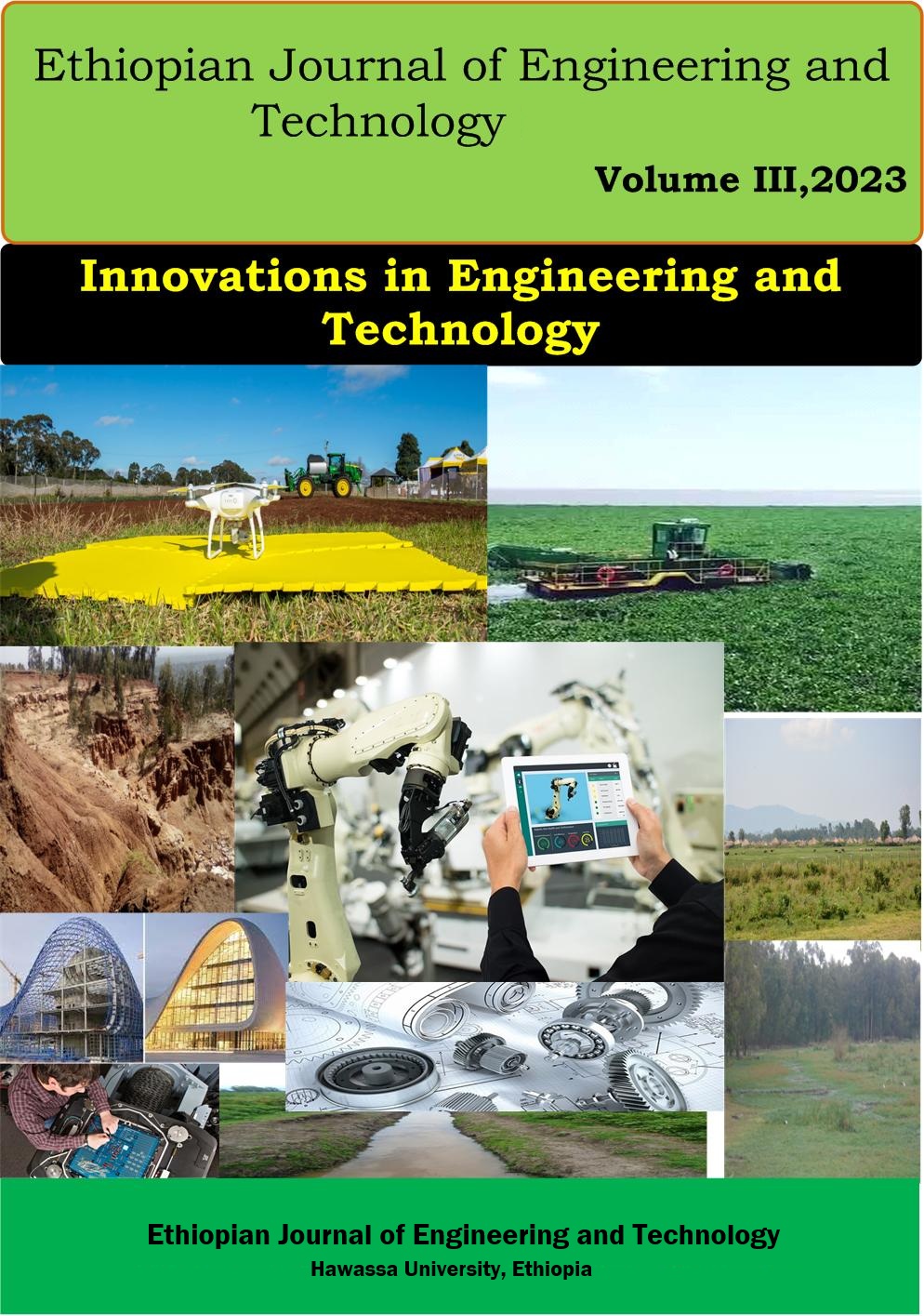Building Information Modeling Education and Training in Ethiopia
DOI:
https://doi.org/10.82127/qzdrvz15Keywords:
Building Information Modeling, Ethiopia, Construction Industry, Digital Construction, BIM Education, BIM TrainingAbstract
It is inevitable that the construction industry will require information-based interventions, such as Building Information Modeling (BIM). BIM is used to improve design efficiency, track construction progress, evaluate design development, and minimize conflicts while also increasing productivity. Although BIM's use in developed countries is encouraging, its applicability in developing countries—particularly in infrastructure—remains limited. BIM training and education are crucial in this respect. Therefore, the goal of this study is to find out how BIM education and training are used by Ethiopian students and professionals in the construction industry. The study's specific objectives are to examine the current state of BIM education, training, and support, identify the main obstacles to BIM education and training in Ethiopia, and suggest a suitable framework for BIM education and training that is suited to the demands of the nation's construction sector. An interview, document analysis, yearly and monthly plan and report analysis, and a review of the literature were all done in order to accomplish this goal. The practices of important stakeholders who are believed to have potential roles in the adoption and use of BIM technology were the main focus of the investigation. Accordingly, the findings indicate that even if there is an initial work by the Ethiopian Construction Management Institute (CMI) to teach BIM topics and financing for BIM, it can be thought that BIM education and training are in an early stage in Ethiopia. Among the selected first-generation universities for this study, only Addis Ababa Science and Technology University, Bahir Dar University, and Hawassa University have included BIM as a course/topic in their curriculum, which shows a lot will be expected from the Ministry of Science and Higher Education (MOSHE) in enabling higher education to include BIM in their curriculum. In addition, the findings revealed that universities show less interest in the open right of entry access opportunity and free software license application provided by Autodesk. Professional associations have awareness of BIM from the seminars and workshops they attended, but they didn’t contribute to promoting BIM education and training in the construction sector. The respondents identified the following as the main challenges: a lack of government leadership or direction; a lack of budget to purchase BIM software and the associated costs of necessary hardware updates; a lack of general awareness among stakeholders regarding the advantages, tools, processes, and workflows needed to implement BIM education and training in the nation; and a shortage of experienced, trained professionals. The literature on BIM education and an analysis of other BIM education frameworks of this kind around the world were used to create the framework that can work for our construction industry. The study concluded that in order to develop and promote BIM training and education, cooperation between industry associations and academic institutions is required.

